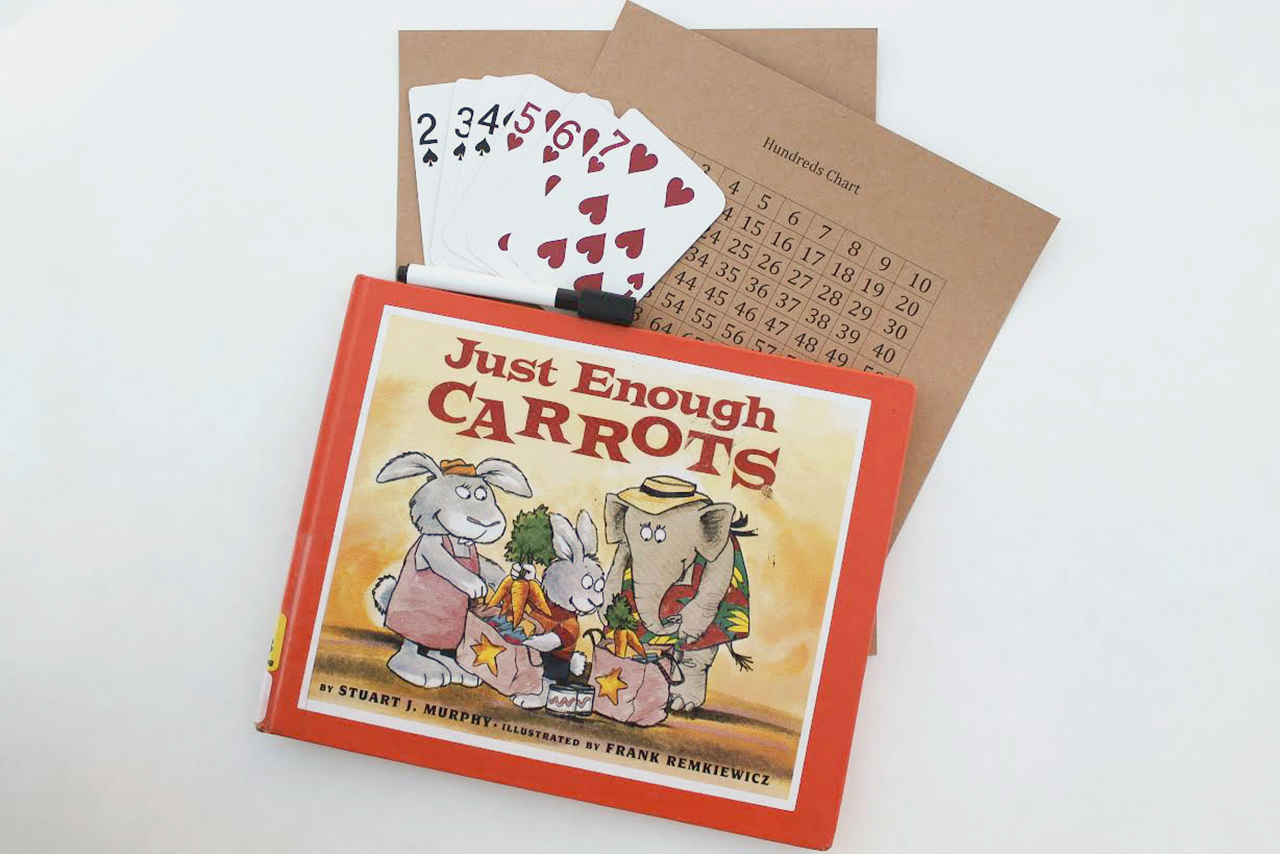Fun Ways to Build Number Sense at Home
Encouraging a love of numbers throughout childhood helps children to develop a strong understanding of numbers, which is often called having good number sense. Children with strong number sense have the ability to use numbers confidently, with flexibility and with place value understanding. This means a child with strong number sense understands relationships between numbers. For example, when thinking about the number four, a child might describe it as three less than seven, one less than five, three more than one and one more than three. This child will also be able to estimate quickly by seeing numbers or groups of objects as sets instead of needing to count by ones. In addition, a child will be flexible with numbers which often allows them to build their own meaningful ways for solving number equations or when problem solving. These abilities will help build children’s mathematical confidence, as they understand how numbers work and thus become quick and reflective mathematical thinkers.
There are many fun, engaging ways to incorporate daily number sense activities at home. The list below shows how to get started building number sense activities into your daily lives with your children. Once we open the door, children soon realize that numbers really are everywhere and armed with this knowledge most children will want to interact with numbers on a regular basis.
Activities to Encourage Number Sense:
- Guess My Number (use a hundreds chart or a number line) – Dinnertime is the perfect time to play a simple number game such as Guess My Number. To play, ask one player to choose a number within a set and comfortable (based on age) range such as 1-100. This number remains secret until someone guesses it. To start have one participant at a time take turns narrowing the range until one is able to guess the number. Questions might include: Is it greater than fifty? Is it an even number? Is it less than eighty? Is it more than twenty? The range of numbers should narrow each time until someone guesses the actual number.
Tip: It is very useful to use a laminated hundreds chart or number lines with young learners. This way, the guesses can be highlighted and the range can be shown as it narrows. This shows players which numbers they have left to choose from and has them interacting with a hundreds chart. You can download and print a hundreds chart here.
- Hundreds Chart Riddles
To play hundreds chart riddles, have one player choose a number. This number will be kept a secret. I usually ask the child to write it down but turn it over. This way, if the child forgets he/she can have a quick look. Next, this player provides one clue at a time for other players until the number is guessed. Clues start out broad and then narrow in on the number. For example: 1. My number is two digits. 2. My number is greater than forty. 3. My number is less than sixty. 4. One of the digits of my number is an even number. 5. One of the digits of my number is two less than nine.
Tip: This game can also be played using a number line with preschool / kindergarten students. Number lines could be 0 through 10 or up to 20.
- Go Fish with A Twist: Change up the game of “Go Fish” by asking your child to use equations or number relationships when asking for a number card. For example, instead of asking: “Do you have a ten?” your child may ask: “Do you have the answer to five plus five more?” Instead of asking: “Do you have the number 4?” Your child may ask: “Do you have three less than seven?” This way both all players are using mental math to quickly do equations and learning how numbers relate to one another.
Tip: For children five and under, use the cards 0 through 5 and encourage equation building with their fingers. Or simply play “Go Fish” the traditional way using number cards.
- Children’s Literature: Reading picture books with children almost always leads to rich discussions. Using picture books that focus on mathematical concepts are no different. Children often want to solve the problems while reading, or discuss possibilities. Greg Tang is the author of a unique and engaging series of picture books for children that encourage them to build their estimation skills. You will find most children adore reading these and learn skills in the process. I will often share a picture for only ten seconds, close the book, and then have children share an answer with an explanation of how they estimated the amount. Such fun!
Tip: I’ve created a short list of books below to get you started. But there are many fabulous mathematical picture books out there waiting to be read and discussed.
- Even Steven and Odd Todd by Kathryn Cristaldi
- Just Enough Carrots by Stuart J. Murphy
- The Grapes of Math by Greg Tang
- Counting on Frank by Rod Clement
- The Greedy Triangle by Marilyn Burns
- The Perfect Square by Michael Hall


